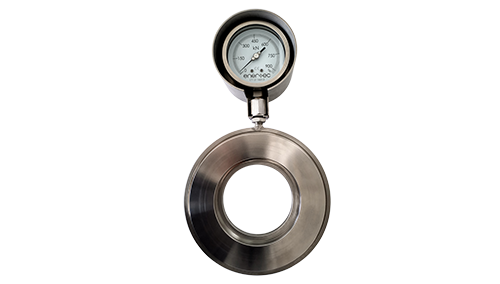Load cells
Enertec Engineering AG is a leading and highly innovative manufacturer of load cells with a wide range of force transducers.
swiss sensor technology

Load cells
Enertec Engineering AG is a leading and highly innovative manufacturer of load cells with a wide range of force transducers. We manufacture force sensors for the construction industry as well as for the process and machine industry.
A force sensor is defined as a transducer that converts a mechanical dead load, weight, compression or tensile force into a mostly electrical output signal. Hydraulic load measuring plates with pressure gauges are an exception here. There are various types of force sensors, which differ in terms of technology, size, geometry and capacity.
Products
Find out more about the function and possibilities of various load cells here

What is an electrical force sensor?
By definition, a force sensor is a force transducer that converts a mechanical input force such as load, weight, tension, compression or tensile force into another physical quantity, in this case an electrical output signal. The signal can be measured, converted and standardised. If the force exerted on the sensor increases, the electrical signal changes proportionally.
The sensor has become an essential element in many industries such as construction, automotive, high-precision manufacturing, aerospace, industrial automation, medical technology and robotics, where reliable and high-precision force measurement is of paramount importance.
Subscribe to our newsletter now
How do electrical load cells work?
The actual sensor element in an electrical load cell are strain gauges.
A strain gauge made of metal foil is a sensor whose electrical resistance changes with the applied force. It therefore converts a mechanical effect into a change in electrical resistance, which can then be measured.
Strain gauges are electrical conductors that are applied to a carrier film in a meandering structure. When this film is pulled, it expands - and the conductors with it - and becomes longer. When it is pressed, it contracts and becomes shorter. This change in shape means that the resistance of the electrical conductors also changes.

How do electrical load cells work?

DMS graphic
Foil strain gauges
A force sensor consists of a metal body to which strain gauges are applied. The body of these force sensors is usually made of aluminium or stainless steel, which gives the sensor two important properties: it is robust enough to withstand high loads and it is elastic enough to deform only minimally and return to its original shape after the load is removed.
When a force (tension or compression) is applied, the metal body behaves like a "spring" and deforms slightly, and if it is not overloaded, it returns to its original shape. When the load body deforms, the strain gauge also changes its shape and consequently its electrical resistance. This generates a differential voltage change via a Wheatstone bridge circuit. The functional principle of the load cell is therefore that the change in voltage is proportional to the force exerted on the load body.
These strain gauges are arranged in a so-called Wheatstone bridge circuit. At least four strain gauges are connected together in a specific circuit. The wiring depends on the desired measured variable and the variables to be compensated.
The signal generated by the strain gauge bridge has a low signal strength and may need to be electronically conditioned and amplified.

Wheatstone-DMS-Messbrucke-Quarter-Half-Fullbrucke-1024×423
Wheatstone full bridge
What are the advantages of load cells with strain gauges?
Strain gauge force transducers are the most widely used technology as they offer high speed, accuracy, reliability, a variety of shapes and sensor geometries compared to other technologies. In addition, strain gauge force sensors are little affected by temperature fluctuations.
The most important advantages at a glance:
Robust construction
- Highest accuracy
High performance with a long service life
Many geometries and customised shapes
Best price/performance ratio
What are hydraulic load cells and how do they work?
Hydraulic load plates consist of a steel body (in our case made of stainless steel) that contains a volume of oil inside, which converts a force into hydraulic pressure. The change in fluid pressure is directly proportional to the force applied by the load.
This liquid pressure can be read via a connected Bourdon tube pressure gauge. However, the liquid pressure can also be measured using an electrical sensor

Features, advantages and disadvantages of hydraulic load cells
As hydraulic load cells with pressure gauges do not contain any electrical components, this type of load plate is suitable for environments where explosion safety is an issue or where an external power source is not available.
Hydraulic load cells can generally measure up to 5 MN and have an accuracy of around 0.25 to 1.0 per cent of the full initial value. Their resolution is usually around 0.02 per cent full scale. Hydraulic load cells react relatively strongly to temperature fluctuations in the hydraulic oil. Their weight is usually higher than load cells with strain gauges of the same capacity. Hydraulic load cells are not suitable for dynamic measurements at higher frequencies and they cannot measure tensile forces.





